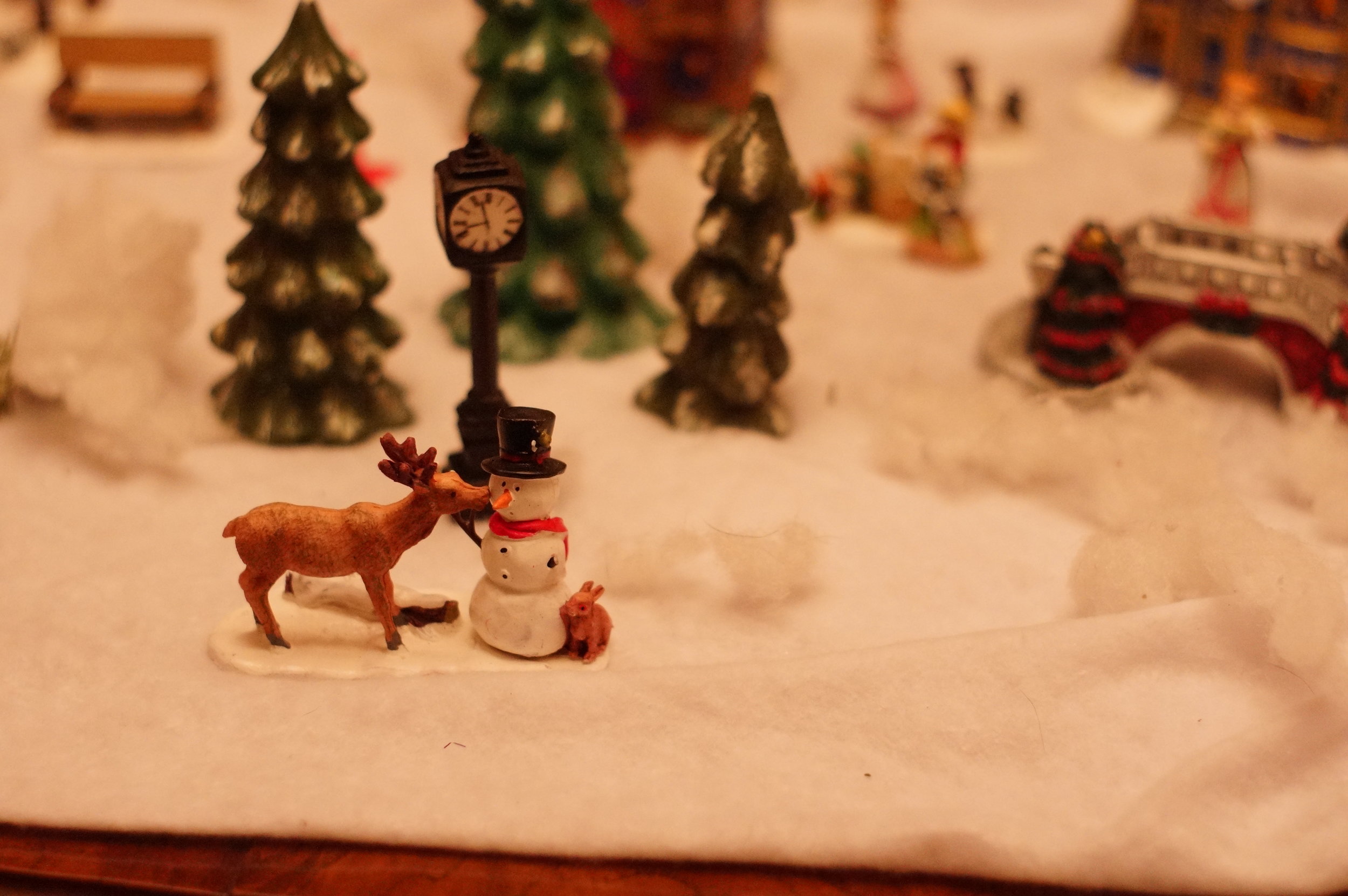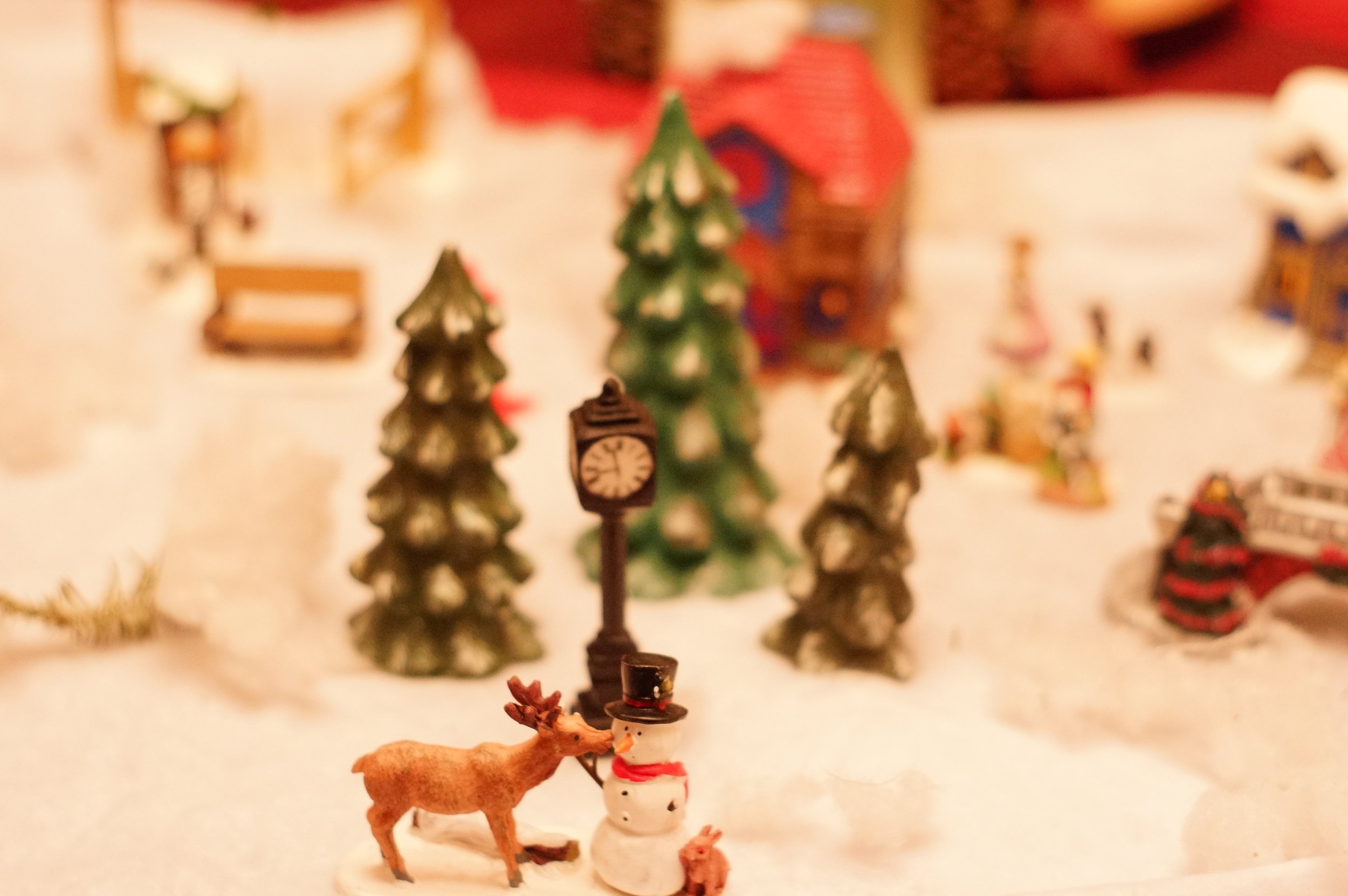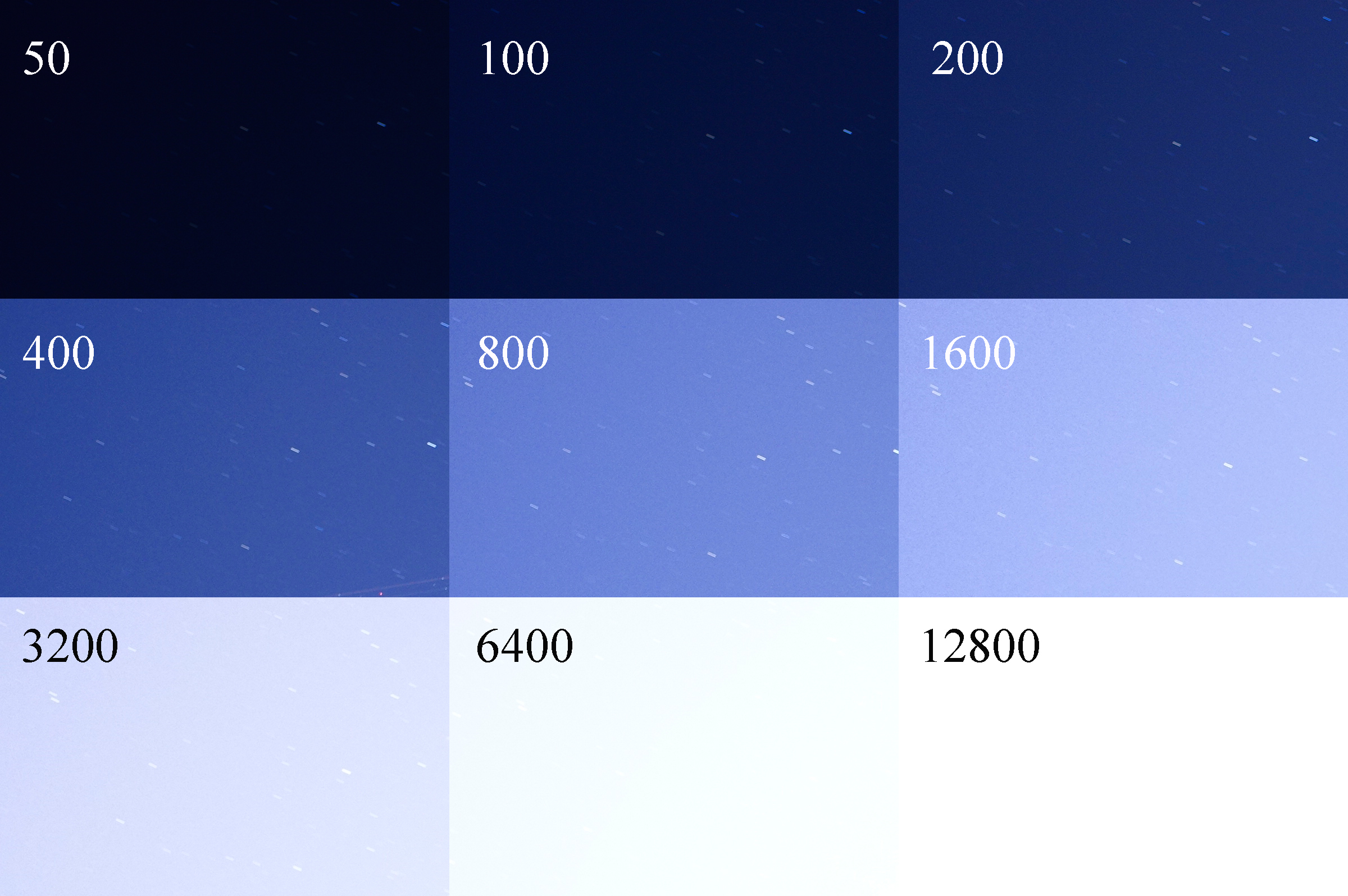Good evening,
Tonight we are going to talk about indoor lighting or constant light. Quite a few people this holiday season are going to be in a situation where the light is constant, however this can trick our sensors. Let's say we are indoors at a dinner with the family and decide to take some candid shots. The lighting at the table is relatively constant. Now our cousin is wearing a dark red sweater and our uncle is wearing a light salmon colored shirt. If we focus on our cousin the exposure is too bright and if we focus on our uncle the exposure is too dark. So what is a photographer to do in this situation. Turn it to manual mode then set the shutter and aperture to were it exposes everyone one the way we want.
In this example we have my Wife's Christmas Village. The metering spot was changed by a few inches for each image which resulted in 1 stop of exposure difference. The difference between an uncle and a cousin would probably be greater and so would the small light changes. These were shot in Av mode the first was metering from the snow 1/160s, second was on the reindeer 1/125s, and third was on the pine trees 1/80s. In this example the difference could be made up easily in post. With holiday photos most people want them sooner rather than later so the less editing that needs to be done the better. If possible adjust the settings before hand, if not use your preferred setting to get an idea of where you want to be then lock those settings in using manual. Those split second moments don't wait for a cameras metering system. So switch it to manual this holiday season and go out and shoot.
~Scott





